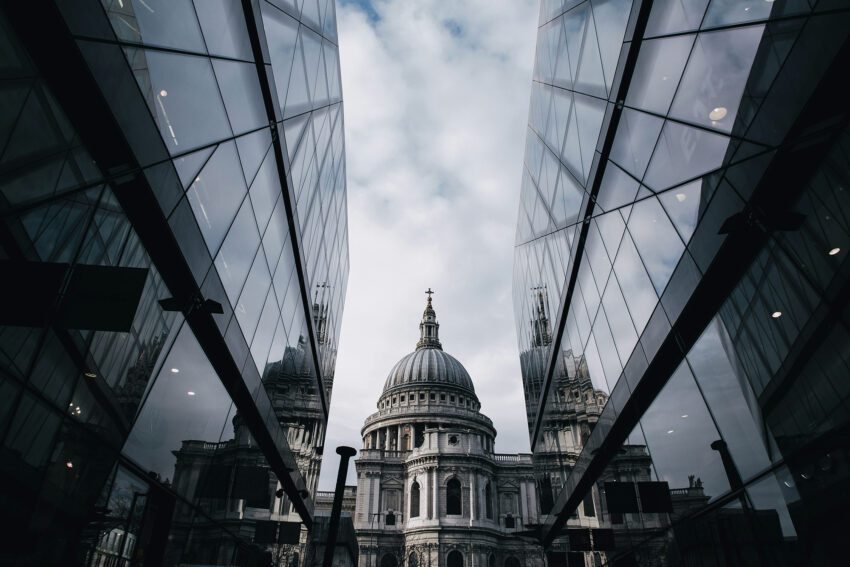A critical aspect of project planning involves deciding on the most suitable types of glass for your specific task. Pairing the right glass with the right supplier is a winning combination for project success.
Here are some of the primary considerations to bear in mind when defining glass specifications.
Orientation
The orientation of a building significantly influences its energy efficiency and the productivity of its inhabitants. The amount of solar heat gain and natural lighting can differ drastically based on the sun’s trajectory during summer and winter.
Neglecting to consider these aspects can result in increased heat gain or glare, which can compromise both the energy efficiency of a building and the comfort of its occupants. The sun’s trajectory has distinct effects on each façade of a building. In the Northern Hemisphere, the sun impacts the facades as follows:
- North: Receives indirect sunlight throughout the day
- South: Experiences solar exposure all-day
- East: Gets direct sunlight at low angles in the morning
- West: Receives direct sunlight at low angles in the afternoon
Using low-E glass on façades can optimize natural light while minimizing solar heat gain, especially for those sides of the building that are exposed to the sun for extended periods. Different coatings can also influence glare and solar heat gain in various ways.
U-Value
The U-value assesses the insulation properties of glass, specifically the amount of heat movement or heat loss that occurs due to the variance in temperatures inside and outside. U-values serve as a gauge for the efficacy of an Insulated Glass Unit (IGU) in maintaining warm or cool air internally.
A smaller number implies superior insulation. The U-values generally range from 0.1, suggesting minimal heat loss, to 1.0 indicating considerable heat loss.
The U-value of a window corresponds to the quantity of British Thermal Units (BTUs) that will traverse each square foot of area per degree of temperature disparity between the window’s two sides.
Aesthetics
The visual appeal of glass can significantly impact, so consider its aesthetic influence in the design. This might involve choosing glass with a particular color, texture, or design or utilizing the glass to generate a certain visual impression.
When designing overhead structures using glass, it’s vital to meticulously evaluate factors like these to guarantee that the chosen glass is apt for specific use, the structural support is fitting, and the glass complies with all necessary building codes.
Loading
Every installation of structural glass should be planned by a seasoned glazier who possesses extensive expertise in the field of structural glass design. As these installations don’t involve any standard framing or details, each one must be meticulously cut by a CNC double glass edger machine on a project-by-project basis. If the design specifics aren’t thoroughly understood, the glass installation might not meet all requirements.
Considering the absence of a frame and the custom-made nature of each structural glass installation, it’s crucial to ensure that all load-bearing needs for a piece of structural glass have been considered.
Fixing Details
Although the fastening elements of a structural glass unit may be concealed, their significance in the design should not be underestimated. Some might even suggest they are the most crucial aspect of a structural glass project. Each structural glass installation is custom-made, meaning there are no ‘standard’ fastening details for architects to incorporate into their plans. Instead, consultation with a specialist in glazing design is necessary.
Consideration should be given to how the fastening detail will not only attach to the structure but also how it will remain concealed. If your building finishes do not permit the hiding of fastenings (for instance, if you have a brick or stone exterior), smart structural glass design techniques can ensure that the glass fastenings remain hidden and minimalistic.
Endnote
Selecting the appropriate Architectural Glass in architectural design is a thoughtful process that marries aesthetics, safety, and engineering. Every element ensures the glass is not only safe and high-performing but also aligns with the building’s intended aesthetic and function.


